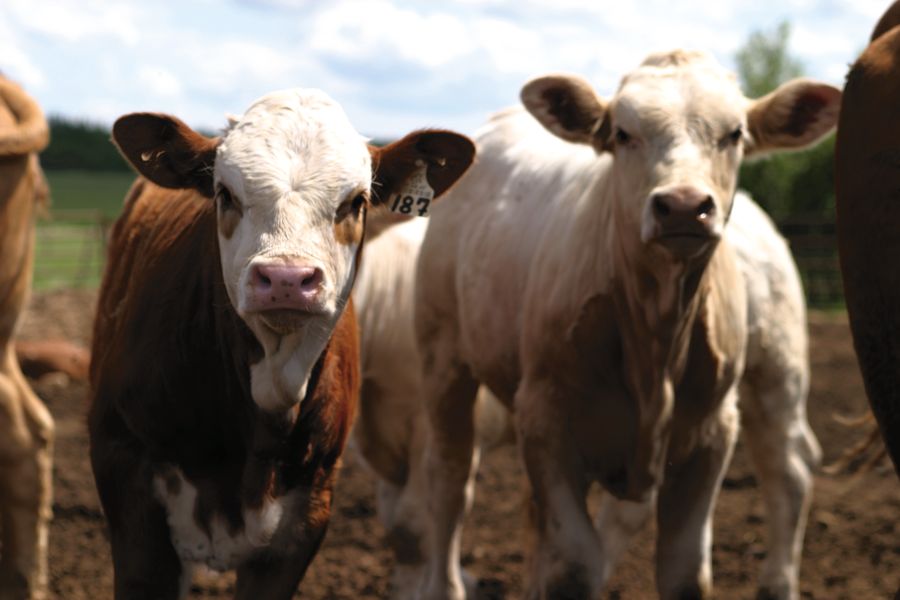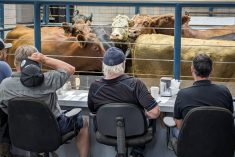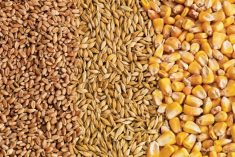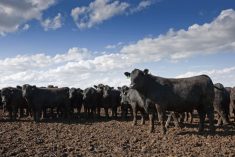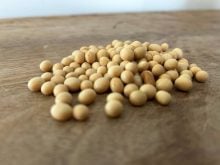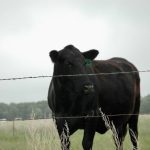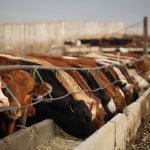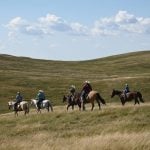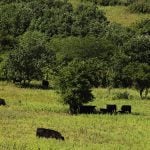Compared to last week, Western Canadian yearlings traded $8 to as much as $12 higher; mid-weight feeders in the range of 700-800 pounds were also $8-10 higher. Calves under 700 pounds were unchanged to $6 higher. The feeder market took a fortuitous bounce last week. Major feedlots were extremely aggressive on yearlings while supplies were limited. The scarcity principle is coming into play. Feeders coming in the market at this time will be sold in the final quarter of 2022 and the December live cattle futures are trading at a $12 premium to the nearby August contract.
Read Also

U.S. grains: Soy hits 17-month high, corn to four-month top as trade braces for U.S. data
Chicago Board of Trade soybean futures rose on Thursday to their highest in nearly 17 months as traders awaited a U.S. government crop report that was expected to lower yield estimates, while also bracing for the resumption of export data to give clues on Chinese buying.
Weakness in the corn and barley markets was also constructive for the feeder complex. Feed barley prices were down $20/tonne in Southern Alberta while imported corn prices dropped $10/tonne. The margin structure for the fourth quarter of 2022 and first quarter of 2023 look more favourable and feedlots want to be full heading into this timeframe.
South of Edmonton, red white face steers with medium flesh levels weighing 955 pounds were quoted at $185. In the same region, Charolais blended steers backgrounded on mostly forage diet with full health records averaging 850 pounds dropped the gavel at $215. In the Lethbridge area, larger frame Simmental based heifers coming off forage diet with detailed health data weighing 800 pounds were valued at $195. Southeast of Calgary, larger frame black steers on light grain ration and mostly forage diet with controlled weight gains averaging 922 pounds were valued at $200 landed in the feedlot.
In Central Saskatchewan, silver steers weighing 740 pounds coming just off grass reached up to $229 and their younger sisters weighing 745 pounds were quoted at $214. Southern Alberta, Angus based steers coming just off grass weighing 750 pounds were quoted at $230 landed in the feedlot.
In Central Alberta, Hereford steers averaging 760 pounds reportedly dropped the gavel at $237.
Calf numbers were limited with only small groups or single stragglers available. This made the market hard to define. In Southern Alberta, black steers weighing 630 pounds were valued at $243 and tan heifers averaging 600 pounds were quoted at $212. Northwest of Winnipeg, a small group of mixed steers weighing 520 pounds traded hands at $257 and mixed heifers just over 500 pounds reached up to $235. Pasture conditions in Northern Saskatchewan and parts of Manitoba are excellent. The Ontario fed cattle market has been trading at sharp premium to Alberta; Ontario feedlot owners appear to be more aggressive for the lighter weight categories in Western Canada.
The dryer regions of the U.S. have received a half to one inch of rain over the past week. Crop conditions in the Midwest are like a greenhouse and most of Western Canada has received too much moisture. The U.S. and Canadian cow calf producer will move into an expansionary phase this fall resulting in tighter supplies of feeders due to heifer retention.




